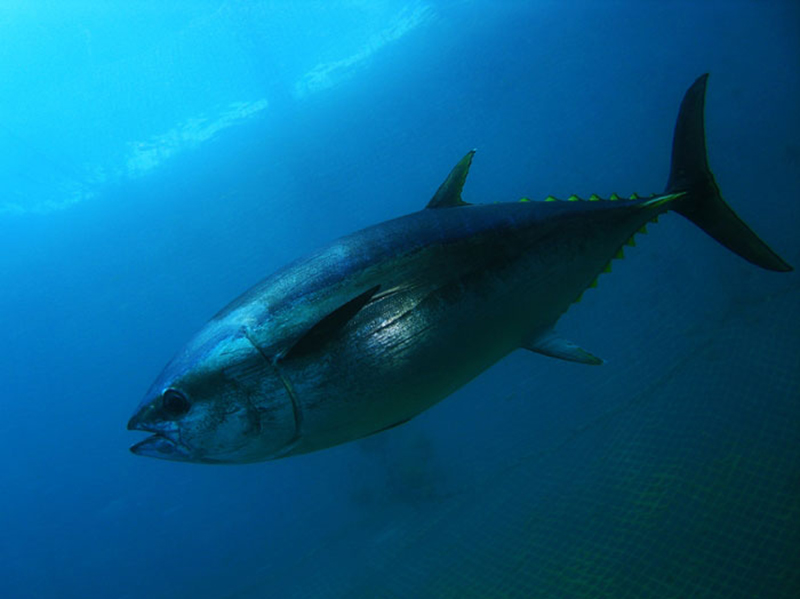Ear bones allow researchers to track movement of Pacific bluefin tuna

If tuna truly was the chicken of the sea, David Wells would have no need to have done extensive research on the subject. While chickens number in the tens of billions globally, studies show there are only around 1.6 million Pacific bluefin tuna.
Wells, an associate professor in the Department of Marine Biology at Texas A&M University at Galveston, studies the spawning ground of the Pacific bluefin tuna, which is noteworthy due to the fish’s overfished status as well as its popularity in the sport fishing and culinary worlds.
Wells’ research, published in Biology Letters, focuses on a four year-long research study to better understand the movement and connectivity of the highly migratory species.
“Bluefin are prized as the highest quality of sushi grade tuna in the world,” Wells said. “They’re in demand all across the Atlantic, Pacific and Indian oceans and people will pay top dollar for them.”
The team used ear bones from dead tuna as natural tracers or tags to study the chemistry of the sea water where the bluefin lived.
“Otoliths, or ear bones, record the chemistry of the sea water that the fish resided in and are also used to age fishes, similar to counting rings along a cross section of a tree,” Wells said.
“We analyzed the chemistry of these ear bones, matching the chemical signatures from fish in the eastern Pacific to the chemical signatures from fish collected from the two spawning grounds in the western Pacific,” he said. “This allows us to estimate the proportion of fish near California that originated from each spawning ground during each year of the study.”

